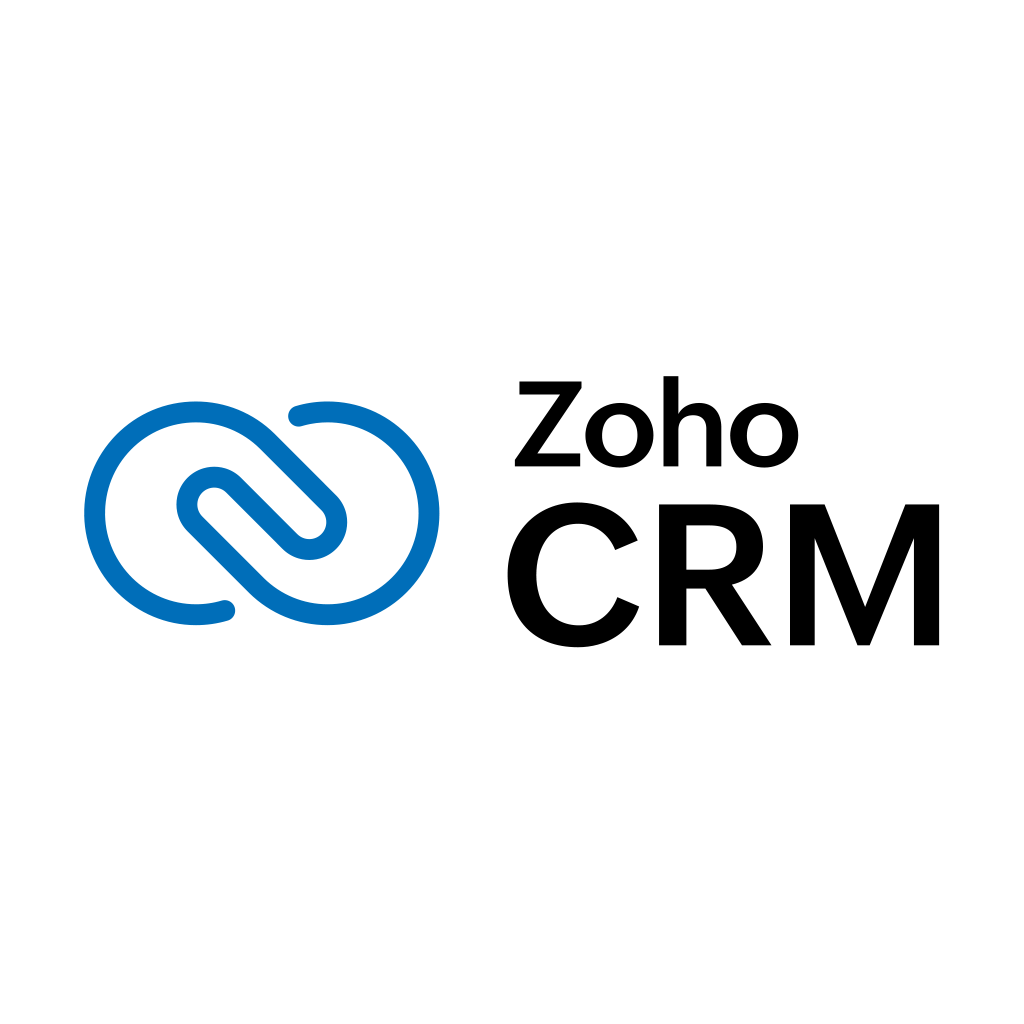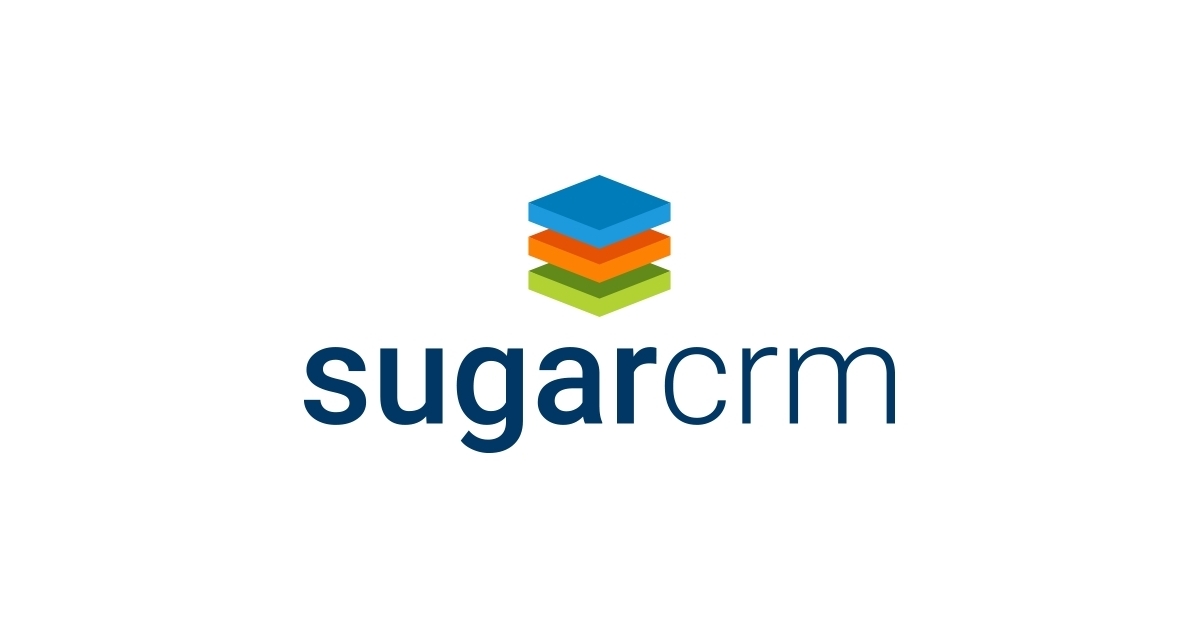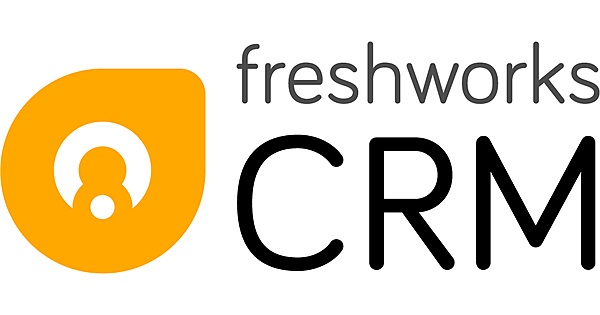How to choose a CRM in 2024?
In this article, we will help you gain some perspective on how to choose the right CRM software for your business. A customer relationship management software that will help your business grow faster and in the long run.
What are the different types of CRM and what do we recommend?
CRM companies offer two types of core technology: on-premise or cloud based. On-premise CRMs are installed directly on a company’s computer network or server, while cloud-based CRMs are hosted by a third party and accessed over the Internet. A major advantage of cloud-based CRMs over on-premises CRMs is the continuous upgrade of the CRM. It is transparent to the end user and to the IT manager. So unless you run a military business, we recommend considering a cloud-based CRM.
You may also find different terms associated with CRMs, but these are more features added to the core CRM such as:
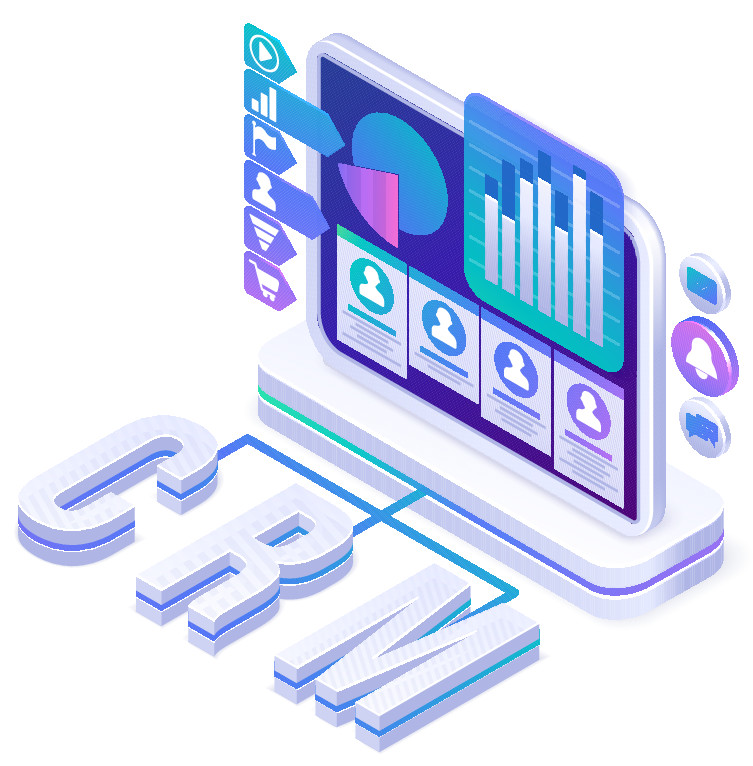
- Social CRM refers to the integration of social media channels into CRM. This helps companies manage interactions with customers through social media platforms such as Facebook, Twitter, and LinkedIn.
- Mobile CRM refers to the ability of employees to access customer information from any mobile device.
- Analytics CRM refers to the insights CRM provides about customer behavior based on data collected from multiple sources.
- AI-driven CRM uses artificial intelligence technologies to automate tasks such as lead scoring and customer segmentation. All of these systems can help companies build stronger relationships with their customers and improve their bottom line.
The best CRM systems offer the four: social interactions, mobile CRM app, data analytics, and AI-driven suggestions.
What is the difference between small CRM Editors and large CRM Editors?
Since you will invest time and money in your new CRM and to adapt it to your unique processes, this choice must be the right one for you in the long run. Organizations may be tempted by the small editor solution on the shelve that seems tailored to their needs, but it presents 3 problems:
1- What are the odds that the free CRM will still be around in a decade? Smaller CRM development teams have a higher risk of being shut down. Considering your long term risk exposure to the costs and time of switching to another CRM is important.
2- Will this CRM keep up with new technology trends? If tomorrow everyone is using ChatGPT in their CRM and yours isn’t. You will be left behind. Major CRM publishers have thousands of developers to keep up with new trends. It’s always interesting to see new features being used in the CRM as it expands the potential of your team. One would expect that the more developers, the more features.
3- Will your CRM be customizable to the level you need? Pre-customized, cheap CRMs can be tempting because they fit your needs today, but business needs and practices are constantly evolving. If you can’t adapt to it to your new practices over time, your CRM will become a burden for your teams and eventually fail.
A CRM comes with some costs for its deployment and in monthly maintenance, but a cheap, failing CRM can put your entire operation at risks in the long run. In the quest for success and risk mitigation with your new CRM, choosing a CRM developed by a large company that is solid enough to keep up with new technological trends and offer you a high level of customization is an important point to keep in mind.
How much can a CRM help me drive organizational change?
When you choose a CRM, you are looking for the backbone of your customer engagement strategy. But when you think about it, it’s much more than that…
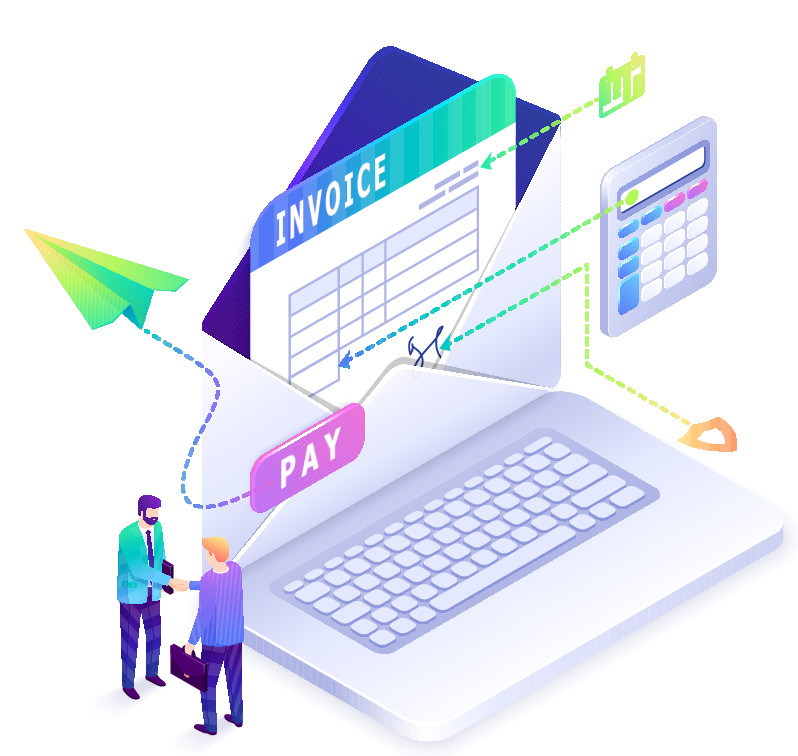
In a company, any lead, contact, or account comes in the form of a subset of data used by the sales department, but also by Marketing, Accounting, HR, Legal, Support… All departments use it for various purposes: online chats, support tickets, contracts, newsletters, webinars… Historically this information is siloed because different department use different and disconnected software. In add to that when the information is not leveraged in a software, it is used by the recipient but simply stays in mailboxes while other team members who could benefit from it.
With a single database to centralize this information, teams can:
- Avoid data duplication (siloed database from different software)
- Ensure a high level of professionalism by asking customers for the information only once
- Limit exposure to multi-database data leakage and RGPD non-compliance
- Share the effort of adding new data and keeping the existing database up to date
- Use the same workflow design pattern for converging practices.
With a CRM configured as a master database and synchronized with other applications, users can:
- Better understand each other’s needs and work closely together.
- Consistently keep their part of the database up to date for the benefit of all
- Suggest new improvements on a regular basis, allowing them to focus on high-value tasks
- Save time on data that was previously duplicated and required separate maintenance.
- Automatically receive the results of actions taken by others in the CRM to take action themselves.
Ultimately, no matter the size of your business, global efficiency improves dramatically when companies converge on using a single master database, such as a CRM, to drive all departmental processes.
The more teams use the same data source, the more the company’s profitability increases. Companies with a robust CRM in place drastically speed up and streamline their sales, order, and other processing time. The result is a significant positive impact on increasing customer satisfaction while reducing cycle time.
How to create specifications for the selection for your CRM?
Choosing a CRM starts with your needs:
- Take a look at your current software suite. List them in 3 categories: those you need or want to replace, those you want to keep, those you may consider changing at some point. This will help the team converge towards using the single data source of your new CRM in the long term.
- Among the software you want to keep, list those you would like your CRM API to connect to, such as WordPress, Zoho solutions, Google tools, Microsoft tools, etc.
- List your top 10 most important features that you want the CRM to have. This will help you highlight what is most important to you.
- List up to 5 critical processes you would like the CRM to automate for you.
Now that you have a vision on your needs in the form of clear specifications you can hunt for your CRM.
List of the TOP 10 CRM on the market
Here is the list of the top 10 CRM vendors on the market
- Zoho CRM
- Salesforce CRM
- HubSpot CRM
- SugarCRM
- Microsoft Dynamics 365 CRM
- Freshworks CRM
- Oracle NetSuite CRM
- SAP CRM
- Insightly CRM
- Pipedrive CRM
Check out our list for choosing the best CRM software
Here are the steps to help you with your CRM selection process:
- Explore CRM comparison sites to review their level of: innovation, support, interconnectivity, ergonomics, feature set,…
- Evaluate the CRM’s ability to be customized, such as: support for multiple currencies, customization of the user’s granular level of access, ability to code and script automations, create and connect new modules, advanced use of the CRM API for two-way synchronization (this will ensure the CRM platform remains the central place for data storage), backup strategy, GDPR compliance, recovery of recently deleted data, history of events for behavioral analysis, ability to run advanced analytics…
- Read CRM software reviews to find the best CRM solution for your specific business needs and within your budget. When it comes to budget, CRM vendors typically opt for a cost per user per month. So, your number of users will determine your annual maintenance in relation to the cost of using the CRM software.
Should we hire a consultant to deploy my CRM?
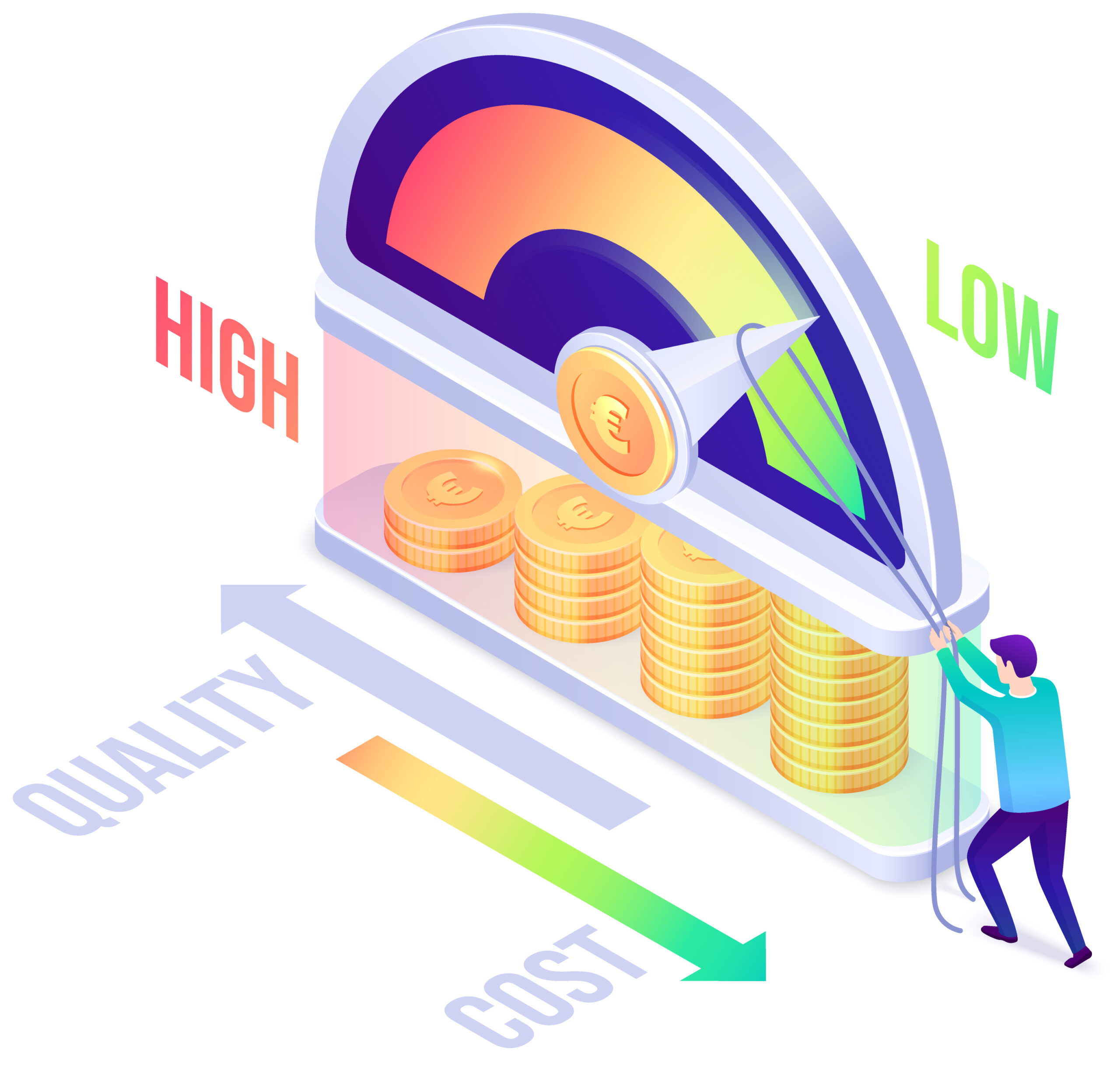
Performance comes from good decisions which in turn is comes from good data. Your Zoho consultant knows how to configure your CRM MVP and build on it to achieve your goal the fastest way. You won’t loose time in mistakes and iterations to get processes in place and leverage good data.
Most adventurous customers who have tried a “learning by doing” approach report that their configuration must have taken them 60 consecutive days full time. After that time, not all functionalities where deployed. The reason is that a CRM can be explained to anyone but require specialists reach fast ROI and avoid loosing team motivation on the way.
Unsure about it? Get in touch with us or check our CRM consulting page. We will always be happy to help you in any way we can.
Conclusion
Purchasing CRM software for your business is an important step. Using a CRM goes beyond the notion of pipeline, sales processes, and contact management, it has the power to streamline your business processes, have your teams work closer together, and ultimately increase the efficiency of your entire organization. There are many CRMs on the market, but only a few will really meet your needs.
Most importantly, don’t be fooled by “free CRM” ads, choose a CRM system that addresses the long term needs of your teams first, and a consultant who can help you remain responsive as your needs evolve.

